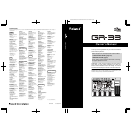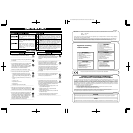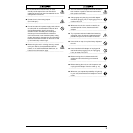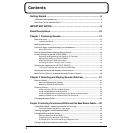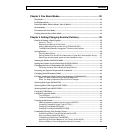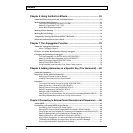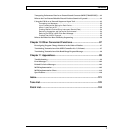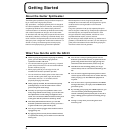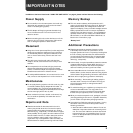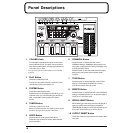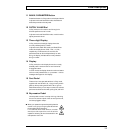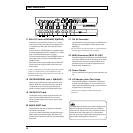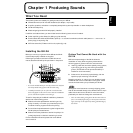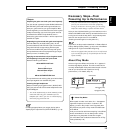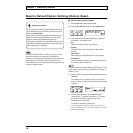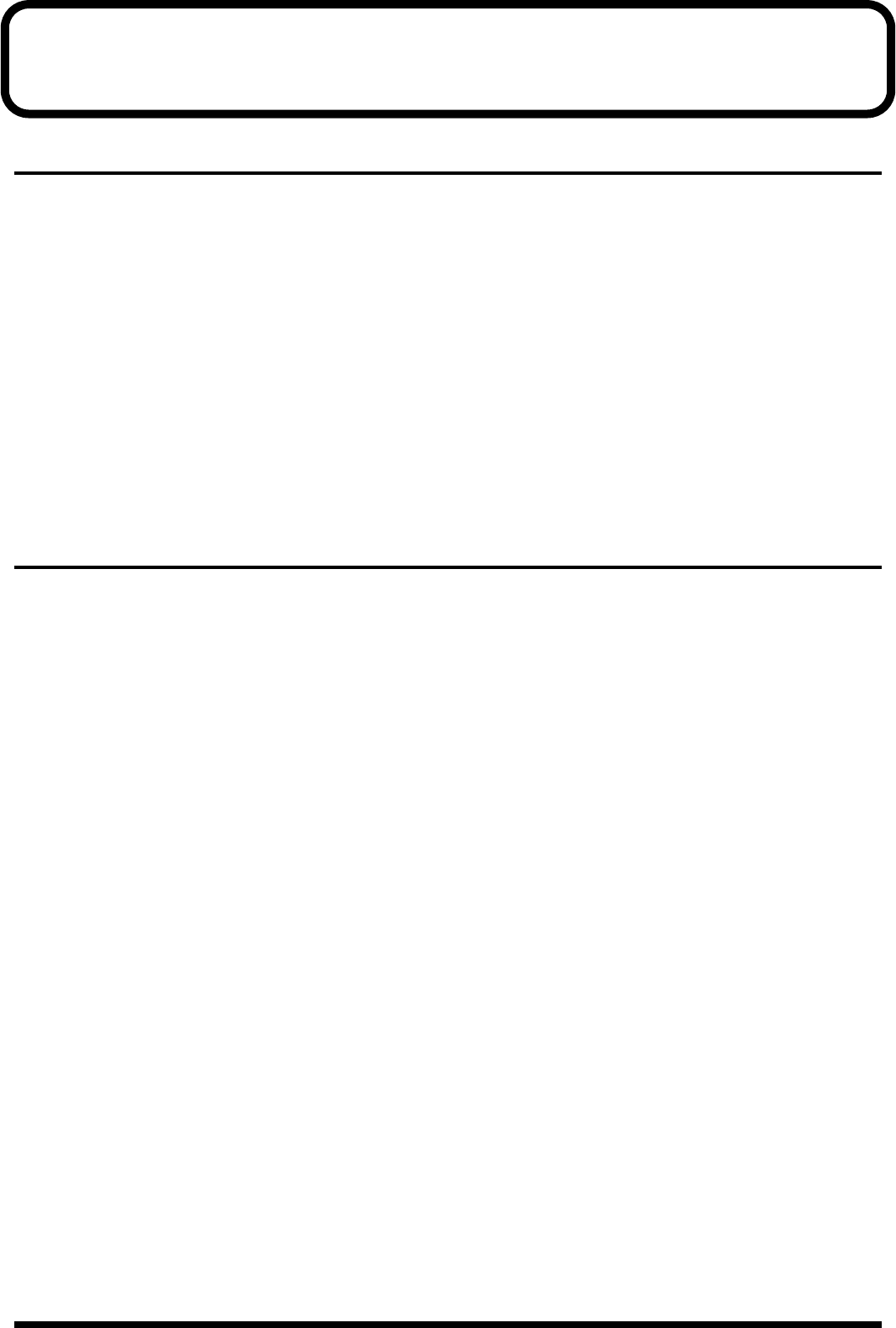
8
Getting Started
About the Guitar Synthesizer
The GR-33 guitar synthesizer, though small and compact, is
big on functions and high-quality sounds.
Say “synthesizer,” and people generally think of the typical
kind with a keyboard controller. However, since the keys on
a keyboard synthesizer are in essence simply advanced
versions of basic on/off switches, synthesizers cannot really
offer a faithful expression of strings or wind instruments.
On the other hand, with the guitar, the part of the instrument
that actually vibrates (i.e. the string) is touched directly. As a
result it excels in the expressive power that arises from slight
changes in pitch—changes even smaller than a semitone—or
vibrato or muting. And because guitars are easy to play,
there are more people playing guitars than keyboards.
With these points in mind, the guitar synthesizer was
developed as an instrument that, while played like a guitar,
could be used for sound generation much like other
synthesizers.
The guitar synthesizer is set up with separate pickups for
each of the guitar’s metal strings. These pickups register and
send the frequency and amplitude information in each
strings’s vibration to the synthesizer, which then in turn
expresses the data as pitch, volume, and tone.
By connecting an external MIDI device (e.g. another sound
generator) via the MIDI OUT connector, you can also export
guitar performance data while simultaneously playing the
instrument’s internal sound generator.
What You Can Do with the GR-33
●
While enjoying the experience of playing an ordinary
guitar, you can choose from a huge palette of
synthesizer sounds—384 in all.
→
You can take solos using synth sounds only, or layered
guitar and synth sounds. You can even switch between
the two modes as you play.
→
When playing chords, you can enjoy the rich, full
ensemble sounds that a synthesizer provides.
→
You can switch from electric guitar to other instrument
sounds—acoustic guitar, bass, organ, winds, ethnic
instruments, and so on—in an instant, without
physically changing instruments.
●
When properly installed, the GK-2A divided pickup
(sold separately) can also be used with an acoustic
guitar strung with metal strings.
●
Not only can you layer two synthesizer tones—and
freely assign sounds to each string—you can also store
fine adjustments to such settings as brightness and
attack. You can also store differences between the pitch
of the guitar and the synthesizer sounds (p. 49–52).
●
With the Synth Harmonist function, you can add
beautiful synthesizer harmonies—in keys you select—
to guitar sounds or to synth sounds (p. 80).
●
You can get various arpeggio effects with the built-in
arpeggiator (p. 76).
●
By applying effects (reverb, chorus and multi-effects)
to a synthesizer sound, you can make it even richer and
fuller (p. 53).
●
You can use a variety of panning effects: use two
different synth sounds in stereo, or spread out the six
guitar string sounds from left to right, placing each
sound in its ideal stereo location, and so on (p. 41).
●
With the four tone-switching pedals, you can get
various effects, such as wah-wah and whammy (p. 28–
29).
●
You can use the supplied expression pedal to control
various aspects of the sound, such as volume and tone,
while you play (p. 47). No additional equipment is
required.
●
You can also convert a guitar performance into MIDI
messages that allow you to play external MIDI sound
generators (p. 86).
●
By recording your playing into a MIDI sequencer, you
can create realistic plucked stringed instrument
sounds—something that keyboards just can not do as
easily—adding greater expression to melody parts (p.
93).
●
Tuning is a snap when you use the guitar tuner
function (p. 18).



